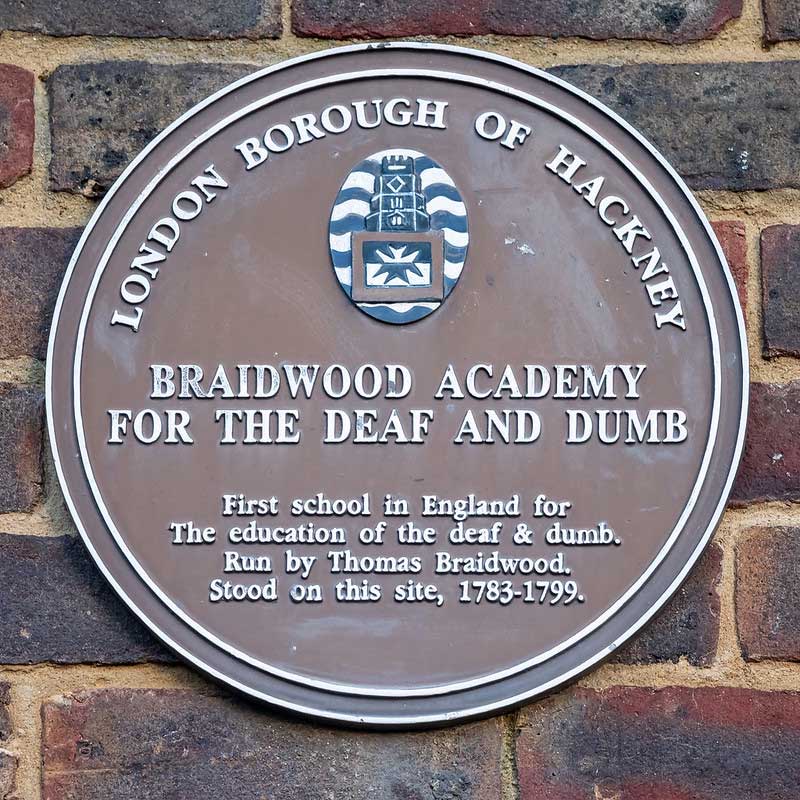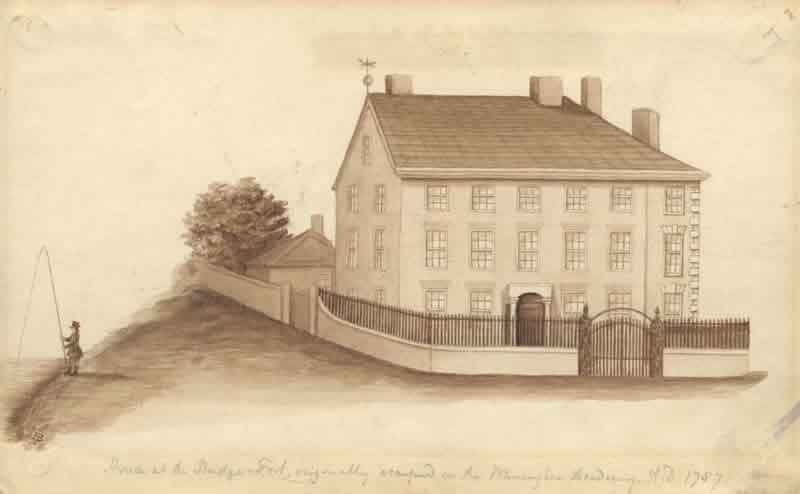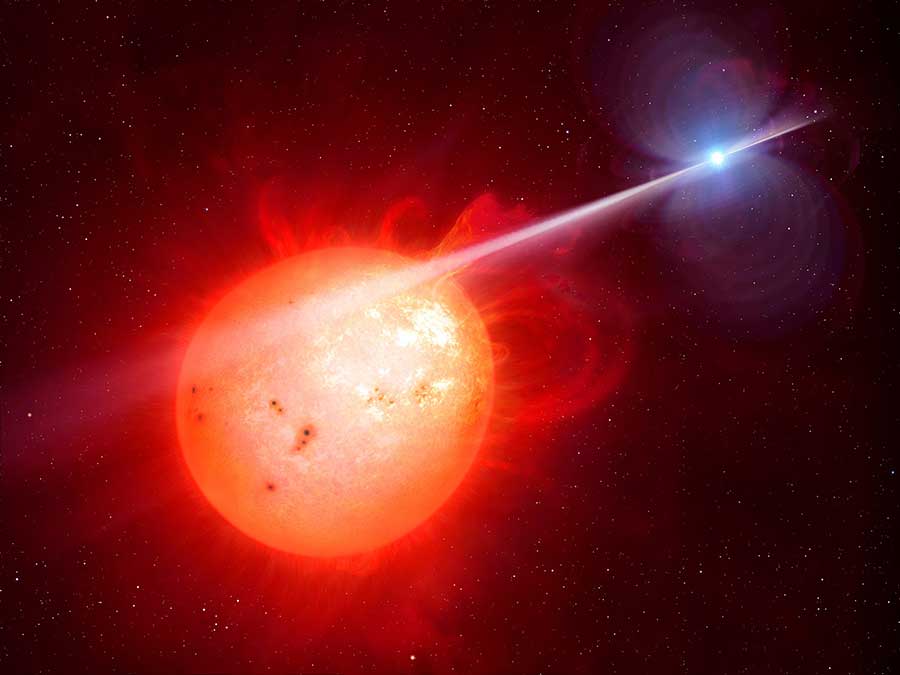John Goodricke
Science: Astronomy

John Goodricke was born on September 17, 1764. He was born in Groningen, the Netherlands. He had a high fever (MP4) when he was a baby. This caused him to be deaf. Mr. Goodricke went to a school for the deaf called Braidwood Academy when he was a boy. He then went to the Warrington Academy. He was very good at math and science in school.

As a young man Mr. Goodricke was very interested in studying stars. His neighbor Mr. Pigott was also interested (MP4) in stars. They decided to work together and were good friends.

One week Mr. Goodricke was studying a star named Algol. He watched the star each night. He noticed that the star's brightness (MP4) changed during the week. He thought Algol was a variable star (MP4). He told Mr. Pigott. They were both very excited. After they studied the star more, they decided that they should tell the Astronomer Royal. He also discovered that Algol was a binary star. See a binary star animation.
Other astronomers were very impressed (MP4) with his work. He wrote many letters and articles that were published (MP4) in astronomy journals and books. When he was nineteen years old Mr. Goodricke was given the Godfrey Copley Medal from the Royal Society for his discoveries (MP4). After discovering several more he was chosen as a Fellow in the Royal Society. He was only 21 years old. This was the biggest honor an astronomer could get.
/prod01/twu-cdn-pxl/media/images/deaf-scientist-corner/front_Copley_gold_medal.jpg)
Godfrey Copley Medal Front
Credit: Public Domain
/prod01/twu-cdn-pxl/media/images/deaf-scientist-corner/back_Copley_gold_medal_(reverse_side).jpg)
Godfrey Copley Medal Back
Credit: Public Domain
Just a few weeks later he got sick because he stayed outside in the cold too much watching stars. He died on April 20, 1786.
Honors
Godfrey Copley Medal
Read More about John Goodricke
References
Lang, H. G., & Meath-Lang, B. (1995). John Goodricke. In A Biographical Dictionary: Deaf Persons in the Arts and Sciences (pp.150-155). Westport, CT: Greenwood Press.
Page last updated 11:35 AM, April 20, 2023